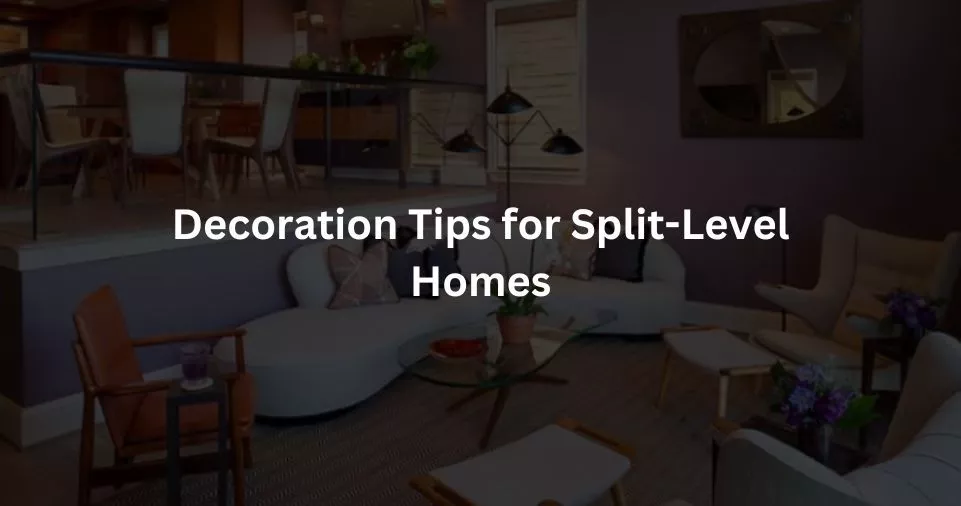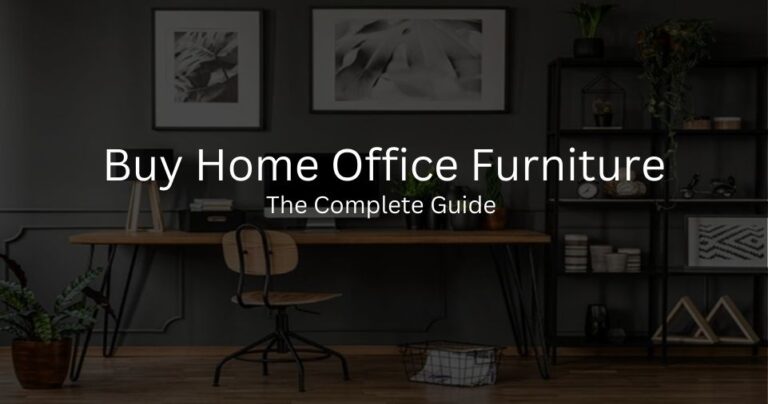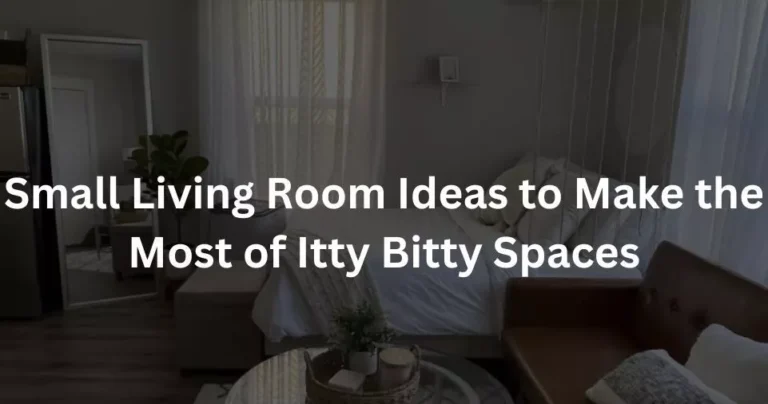Split-Level Homes Are Perfect, and I Will Die on This Hill
If you answered yes to any of these questions, then you might be interested in split-level homes. These are homes that have different levels of floors connected by short flights of stairs. They offer a unique way of dividing and organizing your space, while also creating a cozy and inviting atmosphere.
In this blog post, I will show you why split-level homes are perfect for modern living. I will explain the benefits of split-level design, the different types of split-level homes, and how to decorate them to suit your taste and needs. By the end of this post, you will be convinced that split-level homes are the best option for you and your family.
But before we dive into the details, let me tell you a little bit about myself and why I’m so passionate about split-level homes.
Benefits of Split-Level Homes
If you are looking for a home that offers more space and flexibility, more privacy and connection, and more style and character, then you might want to consider split-level homes. These are homes that have different levels of floors connected by short flights of stairs, creating a unique and functional layout.
More Space and Flexibility
One of the main advantages of split-level homes is that they can accommodate different needs and preferences. Whether you need more space for your growing family, more room for your hobbies and interests, or more options for entertaining guests, split-level homes can provide that.
Split-level homes make efficient use of the available land and space, allowing you to have more square footage without expanding the footprint of your home. They also give you more flexibility to customize your space according to your lifestyle. For example, you can use the lower level as a home office, a playroom, a guest suite, or a media room. You can also use the upper level as a master bedroom, a library, a studio, or a gym.
Split-level homes are also ideal for multi-generational living, as they allow each family member to have their own space and privacy while still being close to each other. You can easily create separate living quarters for your parents or grandparents on one level, while having your own space on another level.
More Privacy and Connection
Another benefit of split-level homes is that they can create separate zones and common areas within your home. This way, you can enjoy more privacy and connection with your family and friends.
Split-level homes allow you to have different levels of intimacy and interaction in your home. For example, you can have a quiet and cozy living room on one level, where you can relax and unwind with your loved ones. You can also have a spacious and bright kitchen and dining room on another level, where you can cook and eat together with your family and friends.
Split-level homes also help you balance your work and personal life, as they allow you to have a dedicated workspace away from the main living area. You can have a home office on the lower level, where you can focus on your tasks without being disturbed by the noise and activity of the rest of the house. You can also have a family room on the upper level, where you can spend quality time with your family without being distracted by your work.
More Style and Character
A third benefit of split-level homes is that they can add visual interest and charm to your home. Split-level homes have a distinctive and attractive appearance that sets them apart from other types of homes.
Split-level homes showcase natural materials, such as wood, stone, brick, and metal that create a warm and inviting atmosphere. They also feature low-pitched roofs, large windows, and minimal decorations that create a sleek and modern look. They also have multiple attics that provide ample storage space and add character to your home.
Split-level homes also allow you to experiment with different styles and colors in each level. You can create contrast and cohesion by using different shades and textures in each floor. You can also use lighting and furniture to define and accentuate each space. You can also use accessories and plants to add personality and warmth to your home.
Types of Split-Level Homes
Now that you know the benefits of split-level homes, you might be wondering what types of split-level homes are available. There are several variations of split-level design, each with its own advantages and disadvantages. Here are some of the most common types of split-level homes that you can find on the market.
Side-Split
The most common type of split-level home is the side-split; a design where every single level is visible from the front of the house1. This type of split-level home has two levels on one side and one level on the other, creating an asymmetrical appearance.
The main entrance is usually located on the lower level, which also contains the garage, laundry room, and sometimes a family room or a guest room. The upper level contains the living room, dining room, kitchen, and sometimes a half bathroom. The bedrooms and full bathrooms are located on the top level.
Side-split homes are ideal for narrow lots, as they have a smaller footprint than other types of split-level homes. They also offer more privacy for the bedrooms, as they are separated from the main living area by a flight of stairs. However, side-split homes can also feel cramped and dark, as they have less natural light and ventilation than other types of split-level homes.
Back-Split
Another type of split-level home is the back-split; a design where only two levels are visible from the front of the house1. This type of split-level home has two levels at the back and one level at the front, creating a symmetrical appearance.
The main entrance is usually located on the middle level, which contains the living room, dining room, kitchen, and sometimes a half bathroom. The bedrooms and full bathrooms are located on the upper level at the back of the house. The lower level at the back of the house contains the garage, laundry room, and sometimes a family room or a guest room.
Back-split homes are ideal for sloped lots, as they can take advantage of the natural grade of the land. They also offer more natural light and ventilation for the lower level, as it has windows at the back of the house. However, back-split homes can also feel disconnected and inconvenient, as they have more stairs and less interaction between different levels.
Stacked-Split
A third type of split-level home is the stacked-split; a design where three or more levels are stacked on top of each other2. This type of split-level home has a vertical appearance that resembles a tower or a skyscraper.
The main entrance is usually located on the ground level, which also contains the garage and sometimes a laundry room or a storage room. The first level contains the living room, dining room, kitchen, and sometimes a half bathroom. The second level contains one or two bedrooms and a full bathroom. The third level contains one or two bedrooms and a full bathroom. Some stacked-split homes may have additional levels for more bedrooms or other purposes.
Stacked-split homes are ideal for small lots, as they have a minimal footprint that maximizes space efficiency. They also offer more views and privacy for each level, as they are elevated from the ground and separated by stairs. However, stacked-split homes can also feel claustrophobic and exhausting, as they have more stairs and less open space than other types of split-level homes.
Modified-Split
A fourth type of split-level home is the modified-split; a design that has variations of the above types1. This type of split-level home has a hybrid appearance that combines different features and styles.
The main entrance can be located on any level, depending on the layout and design of the house. The levels can be arranged in different ways, such as having two levels on each side or having three levels on one side and two levels on another side. The rooms can be distributed in different ways, such as having all bedrooms on one level or having some bedrooms on different levels.
Modified-split homes are ideal for creative homeowners who want to customize their space according to their needs and preferences. They also offer more flexibility and diversity for each level, as they can mix and match different features and styles. However, modified-split homes can also feel confusing and chaotic, as they have less consistency and harmony than other types of split-level homes.
Decoration Tips for Split-Level Homes

Once you have chosen the type of split-level home that suits your needs and preferences, you might be wondering how to decorate it to make it more comfortable and appealing. Decorating a split-level home can be challenging, as you have to deal with different levels, heights, and angles. However, with some tips and tricks, you can turn your split-level home into a cozy and stylish sanctuary. Here are some decoration tips for split-level homes that you can try.
Use Color and Texture to Create Contrast and Cohesion
One of the easiest ways to decorate a split-level home is to use color and texture to create contrast and cohesion. Color and texture can help you define and differentiate each level, while also creating a sense of harmony and continuity throughout your home.
For example, you can use a light and neutral color palette for the main living area, such as white, beige, or gray. This will create a bright and spacious feel, as well as a blank canvas for your furniture and accessories. You can also use a darker and warmer color palette for the lower level, such as brown, navy, or burgundy. This will create a cozy and intimate feel, as well as a focal point for your space.
You can also use texture to add interest and depth to your split-level home. For example, you can use wood, stone, brick, or metal for the lower façade or the accent wall of your home. This will add character and charm to your exterior and interior design. You can also use rugs, pillows, blankets, or curtains for the living room, dining room, or bedroom. This will add softness and warmth to your space.
Use Lighting and Furniture to Define and Accentuate Spaces
Another way to decorate a split-level home is to use lighting and furniture to define and accentuate spaces. Lighting and furniture can help you create zones and boundaries within your split-level home, while also enhancing the mood and atmosphere of each space.
For example, you can use pendant lights, chandeliers, or floor lamps to highlight and illuminate each level of your home. This will create a dramatic and elegant effect, as well as a clear distinction between each floor. You can also use recessed lights, wall sconces, or table lamps to create ambient and accent lighting for each room of your home. This will create a subtle and cozy effect, as well as a sense of intimacy and connection.
You can also use furniture to define and accentuate spaces within your split-level home. For example, you can use sofas, chairs, tables, or shelves to create seating areas, dining areas, or storage areas within each level of your home. This will create a functional and practical effect, as well as a clear separation between each activity. You can also use rugs, ottomans, benches, or plants to create transitions and connections between each level of your home. This will create a smooth and seamless effect, as well as a sense of flow and movement.
You may also like reading: Kitchen Trends to Avoid, According to Real Estate Agents
Use Accessories and Plants to Add Personality and Warmth
A third way to decorate a split-level home is to use accessories and plants to add personality and warmth. Accessories and plants can help you personalize and beautify your split-level home, while also adding life and color to your space.
For example, you can use art pieces, photos, mirrors, or clocks to decorate the walls of your split-level home. This will add interest and character to your space, as well as reflect your style and taste. You can also use candles, vases, bowls, or trays to decorate the tables or shelves of your split-level home. This will add charm and elegance to your space, as well as create a cozy and inviting atmosphere.
You can also use plants to decorate your split-level home. Plants can help you bring nature indoors, while also improving the air quality and mood of your space. For example, you can use large plants such as palms or fiddle leaf figs to fill up empty corners or spaces in your split-level home. This will add height and drama to your space, as well as create a lush and tropical feel. You can also use small plants such as succulents or herbs to decorate the windowsills or countertops of your split-level home. This will add texture and freshness to your space, as well as create a cute and cheerful feel.
Conclusion
Split-level homes are perfect for modern living, as they offer more space and flexibility, more privacy and connection, and more style and character than other types of homes. Whether you choose a side-split, a back-split, a stacked-split, or a modified-split, you can enjoy the benefits of split-level design in your home.
If you are interested in exploring split-level homes, you can browse online listings or contact a real estate agent who specializes in this type of home. You can also visit some open houses or model homes to get a feel for the layout and design of split-level homes.
If you already own a split-level home, you can use some of the decoration tips we shared to make it more comfortable and appealing. You can also share your own experiences and tips with other split-level homeowners in the comments section below.
Thank you for reading this blog post on split-level homes. We hope you found it informative and helpful. Please feel free to share it with your friends and family who might be interested in split-level homes as well.
FAQs
Q: What is a split-level home?
A: A split-level home is a type of home that has different levels of floors connected by short flights of stairs. It is a variation of the conventional ranch-style home, but with more space and efficiency.
Q: What are the benefits of split-level homes?
A: Split-level homes offer more space and flexibility, more privacy and connection, and more style and character than other types of homes. They can accommodate different needs and preferences, create separate zones and common areas, and add visual interest and charm to your home.
Q: What are the types of split-level homes?
A: There are several types of split-level homes, such as side-split, back-split, stacked-split, and modified-split. Each type has its own advantages and disadvantages, depending on your lot size, slope, lifestyle, and taste.
Q: How do I decorate a split-level home?
A: You can decorate a split-level home by using color and texture to create contrast and cohesion, using lighting and furniture to define and accentuate spaces, and using accessories and plants to add personality and warmth. You can also experiment with different styles and colors in each level to create your own unique look.
Q: What are the pros and cons of split-level homes?
A: Some of the pros of split-level homes are that they make efficient use of the available land and space, they offer more privacy for the bedrooms, they showcase natural materials and minimal decorations, they have multiple attics with ample storage space, and they are ideal for multi-generational living. Some of the cons of split-level homes are that they can feel cramped and dark, they have more stairs and less interaction between different levels, they can feel disconnected and inconvenient, they have less consistency and harmony than other types of homes, and they can be challenging to remodel12345.
Q: How much does a split-level home cost?
A: The cost of a split-level home depends on many factors, such as the location, size, condition, features, and market demand of the home. According to Zillow, the median listing price for a split-level home in the US was $299,900 as of June 2021. However, this price can vary widely depending on where you live and what type of split-level home you are looking for.
Q: How do I find a split-level home for sale?
A: You can find a split-level home for sale by browsing online listings or contacting a real estate agent who specializes in this type of home. You can also visit some open houses or model homes to get a feel for the layout and design of split-level homes. You can also use filters or keywords such as “split level” or “tri level” to narrow down your search results.






